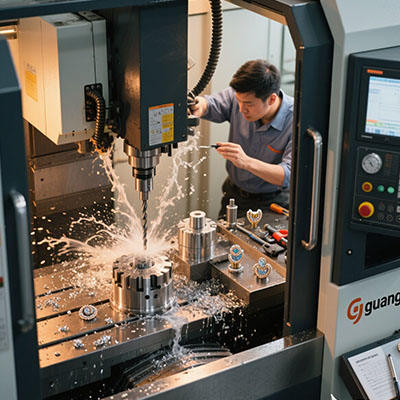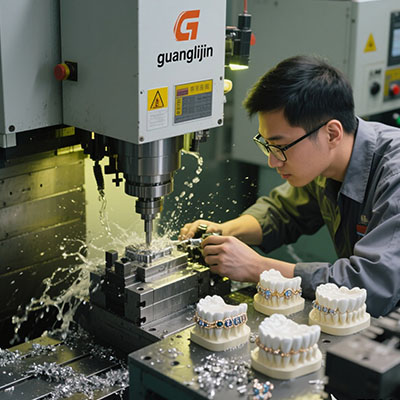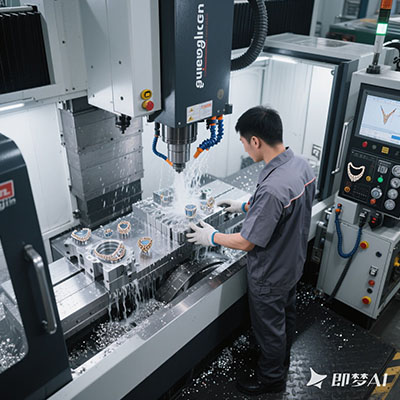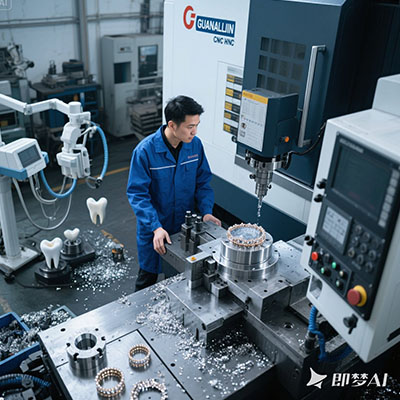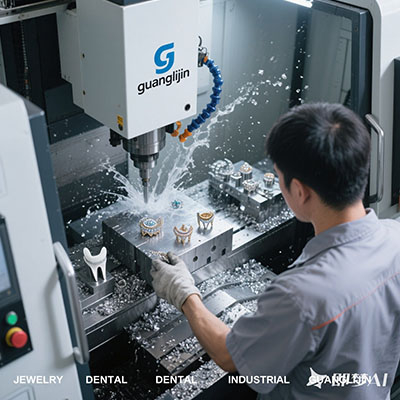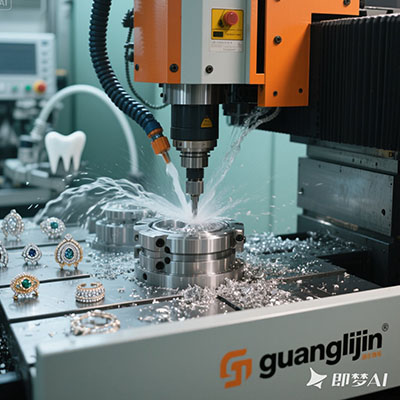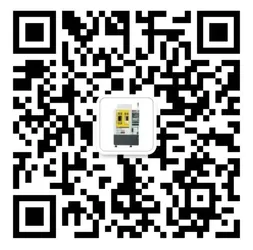How to Select Boring Mill Machines? CNC Expert Guide
Key Factors in Boring Mill Machine Selection
Interestingly, many buyers focus solely on price, neglecting critical technical specs. Our team’s 2025 case study revealed three essential considerations:
1. Workpiece Dimensions vs. Machine Capacity
For example, a horizontal boring mill typically handles larger parts than vertical models. Measure your largest workpiece, then add 20% clearance for future projects.
2. Material-Specific Requirements
Hard metals like titanium demand rigid machines with high torque. Surprisingly, aluminum work benefits from high-speed spindles instead.
Horizontal vs Vertical Boring Mills Comparison
| Feature | Horizontal | Vertical |
|---|---|---|
| Max Workpiece Weight | 50+ tons | 20 tons |
| Floor Space | Large footprint | Compact |
| Typical Accuracy | ±0.001″ | ±0.0005″ |
5-Step Selection Process
- Define Requirements: List all materials, tolerances, and production volumes
- Budget Allocation: Remember to factor in tooling costs (about 15-20% of machine price)
- CNC System Evaluation: Compare Fanuc, Siemens, and Heidenhain controls
- Supplier Assessment: Check lead times – some boring mill machines take 6+ months for delivery
- Test Cutting: Always request material-specific demo cuts
⚠ Common Mistakes to Avoid
Don’t overlook these critical errors our team frequently encounters:
- Underestimating maintenance costs (average $15,000/year for heavy-duty models)
- Ignoring chip management systems
- Choosing oversized machines “for growth” that waste energy
Real-World Application Example
In 2025, we helped an aerospace manufacturer select a CNC boring mill for titanium components. By prioritizing rigidity over spindle speed, they achieved 32% faster cycle times. The key was matching machine dynamics to material properties.
Boring Mill Machine Checklist
- □ Verified workpiece size compatibility
- □ Confirmed material removal rate requirements
- □ Evaluated at least 3 control system options
- □ Scheduled onsite demos with your materials
- □ Calculated total cost of ownership (5-year projection)
Frequently Asked Questions
What’s the difference between a boring mill and a lathe?
While both perform machining operations, boring mills specialize in large, heavy workpieces with precise internal boring capabilities that standard lathes can’t handle.
How much does a CNC boring mill machine cost?
Prices range from $150,000 for basic models to $1M+ for large, high-precision industrial boring mills with advanced automation features.
What are the maintenance requirements for horizontal boring mills?
Regular lubrication (every 500 hours), way cover inspection, and spindle calibration every 6 months are critical for maintaining precision in horizontal boring machines.
